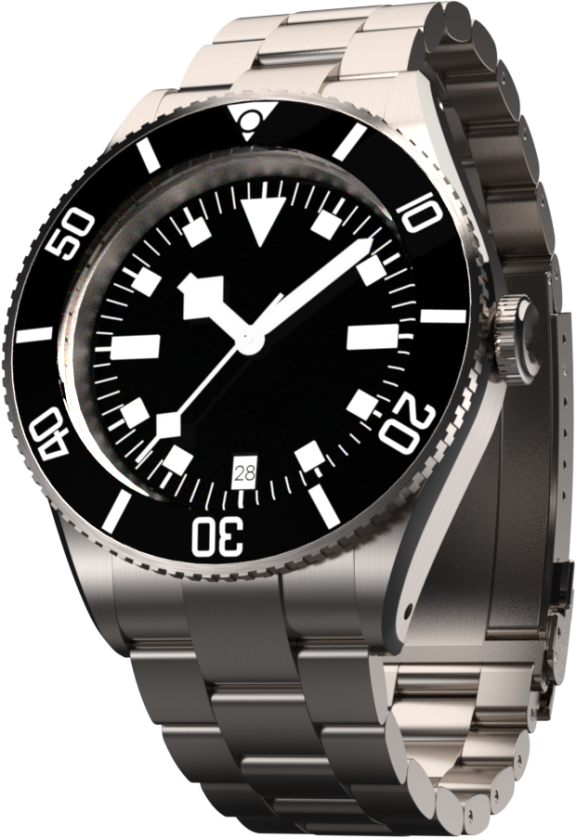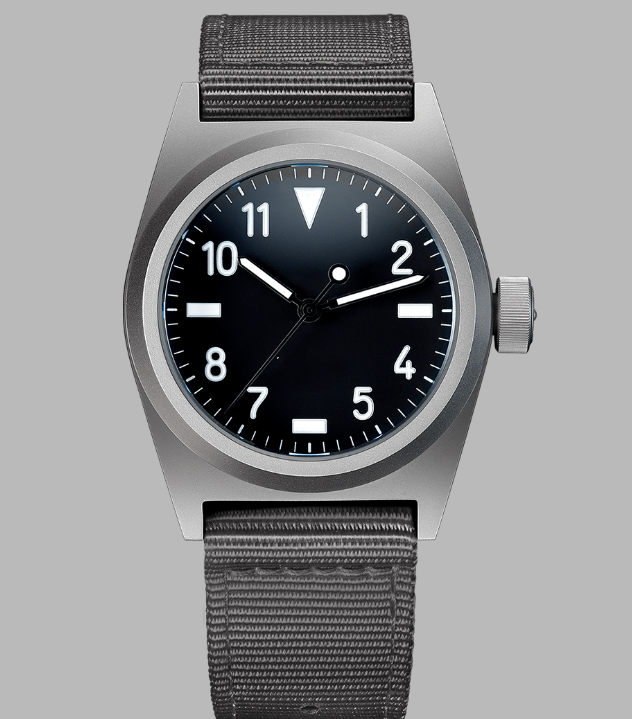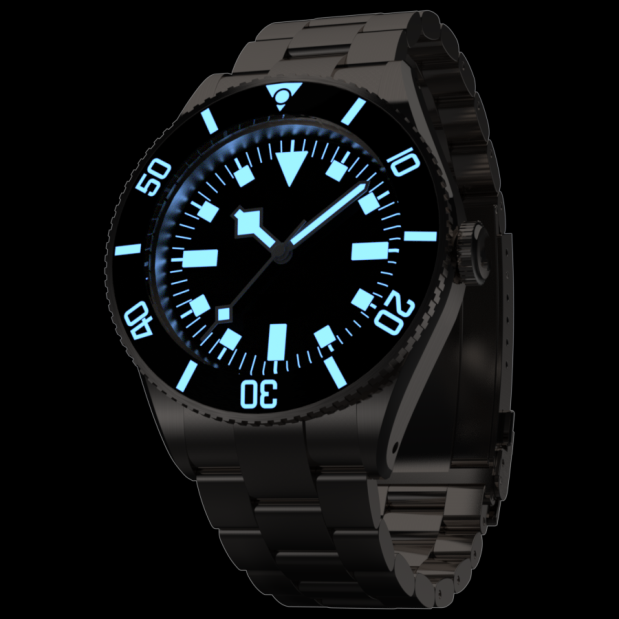In order to reduce the weight underwater, divers like to carry a small amount of oxygen tank. But the amount of oxygen is related to the size of the oxygen cylinder, so the person who is familiar with diving equipment will have a device to measure the amount of oxygen. The diving watch strengthens this need in a timely manner.

The rotating outer bezel can be said to be the biggest feature of the diving watch, which plays a role in reminding the diving time. The rotating bezel has a marking chapter of 15, 30, 45, because the oxygen cylinders for general diving can only be held for 45 minutes, and some are marked with a 60-minute chapter. The first 15 minutes are colored or has special marks, as the diver will strictly follow the 15 minute safety stop when rising to completely release the nitrogen absorbed from the cylinder. Usually, as long as you turn the bezel while diving, align the 0 chapter on the bezel with the minute hand, and then look at the chapter on the bezel after the minute hand moves to know the time spent on the dive. Of course, you can also use the countdown. First, know your dive time; turn the bezel to align the minute chapter with the minute hand. Then the minute hand goes to the 0 chapter. This is your dive time. That is to say, the 0 chapter position is your dive limit time.
The rotation of the external bezel is designed to be a single counterclockwise direction. This is to ensure that the calculation time is only accounted for more, rather than less, and preventing the danger from extending the time because of misoperation. There are professional luminova coatings on both chapters and numbers to make it easy to display clearly underwater. In recent years, the emerging built-in chronograph bezel has no rotation direction limitation, because the crown which controls bezel must be locked before entering the water. In fact, 1000 people who buy diving watches may only 5 of them have chances to dive into the depth of 50 meters. Compared with the nominal number, more players love the crisp tap-tap when rotating the bezel.

All dive watches are equipped with eye-catching luminous hands and chapters, because divers are often in the dark deep sea, so the hands, chapters or surfaces of the dive watch are usually coated with fluorescent material and deliberately enlarge the size of the hands and scales to make it easier for users to read the time.
The early luminous material was Radiomir, which was discontinued due to its excessive emission. The most commonly used luminous materials are Super-LumiNova and Tritium trachea at present. Super-LumiNova is a new material that absorbs gamma particles in the light and stores it for more than 10 hours, but the intensity of the luminescence will decay after a certain period of time. Tritium trachea is a big leap in modern luminova technology. The advantage is that self-illumination not only has high brightness, but also has a long life - it is said that the service life can be as long as 25 years. The principle is that a mineral glass tube coated with a phosphor on the inner wall is filled with a gaseous tritium, and a B-ray of yttrium is used to excite the phosphor to react to generate a cold light source, which has no dazzling light and heat, and does not burn or explode. The wall of the tube can be isolated from B rays, as long as the tube is not broken and is harmless to humans. The tritium trachea does not require external energy supply or external light source reflection, and can maintain stable and long-lasting illumination for 10 to 20 years. The tritium trachea luminova is marked with 3H illumination and mbmicrotec letters on the watch case back. The only bad thing about this is that the hands will be heavy, especially the second hand, which should have a slight impact on the watch.

With over 27 years experiences of diving watches, Super Time has a professional team to focus on diving watches. To learn more diving watches knowledge, please visit supertimewatches.

